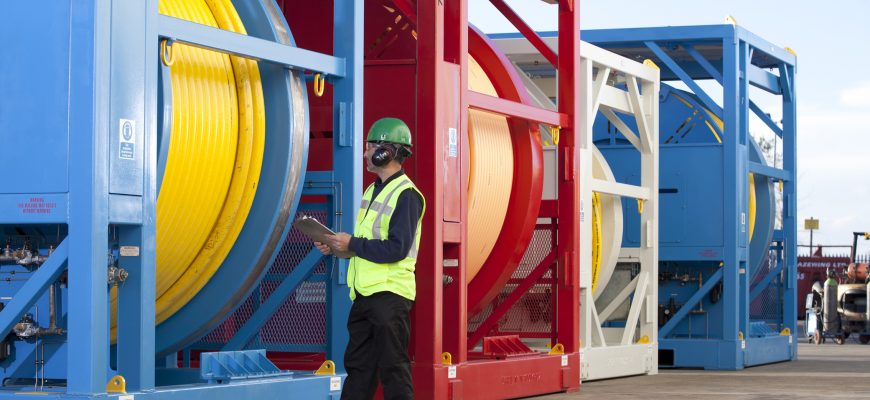BLOG:Welcome to a renter’s world
: The prolonged oil price downturn was a watershed moment for operators in how they managed their budgets. Though rental models had always existed, standard procurement practice was to buy using capex budget. However, Intervention Workover Control Systems (IWOCS) customers took a different tack and reconsidered the world of rental.
Not only did it reduce initial investment and share the operational and commercial risk, Rentals also allowed both operators and service companies to keep capex dollars in their pockets. Organizations were able to focus on their core competencies and, with the oil price rebound, that capex is now available to spend on projects such as greenfield exploration and other investments core to well control and EPIC providers.
Most wells requiring intervention – around 80 percent globally – are in water less than 7-8,000ft with pressures below 15,000 PSI. Such wells can be serviced by ready-configured, standard IWOCS, making them ideal for a rental market.
In fact, by the end of 2018, approximately 9,000 wells globally will demand well intervention or abandonment services – a 63 percent increase since 2014. So, the industry is on track for a global rise of 20 percent between now and 2022. And rental models provide liquidity in this rapidly expanding workover and intervention market.
But what about that remaining 20 percent of wells? These wells are typically in complex, ultra-deep and ultra-high-pressure environments. They require more complex equipment, precisely engineered and calibrated to the specific asset – a much more expensive operation. In this scenario, an asset on the balance sheet can become a liability. Rental is therefore an attractive proposition at this end of the market too.
These advantages of the rental model are globally applicable, but particularly pertinent to the US oil and gas sector, specifically the Gulf of Mexico (GOM).
According to the Bureau of Safety and Environmental Enforcement (BSEE), nearly one in five wells in the Gulf is shut-in awaiting intervention or plug and abandonment (P&A) work – these are typically very deep high-pressure wells. Where there are new wells being drilled in the GOM these tend to be in even more extreme environments and have only become economic due to recent advanced technology.
These factors mark out the GOM as uniquely needful of advanced, precisely-engineered IWOCS and particularly suited to a leasing model that shares risk. There is more in rental’s favour though: there are business reasons too.
The GOM is in the midst of a flurry of M&A activity, with larger operators selling marginal assets to smaller counterparts. These smaller companies have done their homework and have established that they can extend asset life or ramp up production. Owing to their smaller stature, they are better placed to procure using opex via the rental market than try to purchase using capex.
The rental market also offers speed and flexibility. In the GOM, the BSEE’s idle iron policy penalises owners of idle wells. If a well is left inactive too long without either proper P&A or workover intervention, there are harsh financial consequences. It is in the interest of operators to move quickly, which is precisely what the rental market enables.
A well-stocked and well-used rental market is exactly the way to achieve these successes in the Gulf of Mexico – for both the 80 percent of simpler wells and the trickier 20 percent too. But it won’t stop in the States. In this, as in many other things, the GOM will be a leader on a trend that will sweep the entire oil and gas sector in the coming years.

